9 nights hotel stay with daily breakfast & dinner, all transfers, guided sightseeing, monument entry, and cultural experiences.
Delhi – Haridwar – Rishikesh – Chandigarh – Dharamshala – Amritsar – Delhi
09 Nights / 10 Days
On Request
Feel free to reach out to us anytime to know more about our tour packages and customize your perfect getaway.
OR INQUIRY NOW
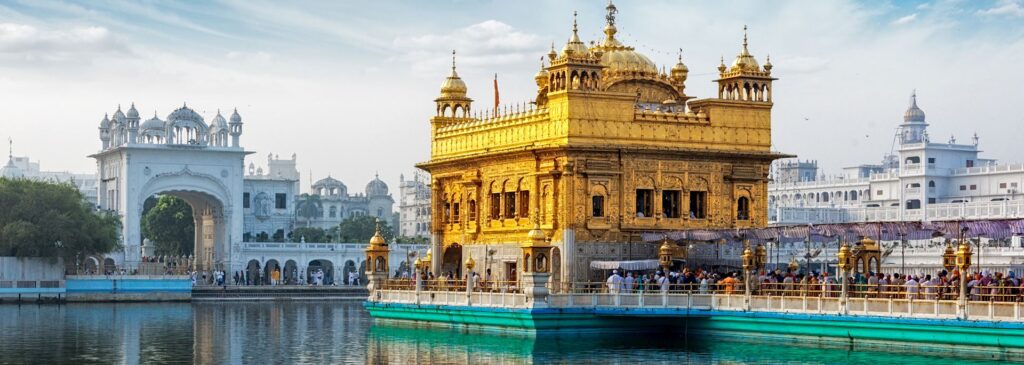
Arrive New Delhi. Meet and assist on arrival. Proceed to a hotel. As check-in time is 1400 hrs, hence we will utilize the time for drive past tour till the room gets ready.
Drive past Parliament House and the Rashtrapati Bhawan, the President’s residence. Also visit India Gate, (originally called the All India War Memorial) is a war memorial located astride the Rajpath. Designed by Sir Edwin Lutyens, It is a memorial to 70,000 soldiers of the British Indian Army who died in the period 1914–21 in the First World War. The India Gate, even though a war memorial, evokes the architectural style of the triumphal arch like the Arch of Constantine, outside the Colosseum in Rome, and is often compared to the Arc de Triomphe in Paris.
Visit Gurudwara Bangla Sahib (Sikh temple), was first built as a small temple by Sikh General, Sardar Baghel Singh in 1783. The complex also houses a higher secondary school, Baba Baghel Singh Museum, a library and a hospital.
Transfer to hotel. Check in at hotel. Dinner & Overnight stay at hotel.
After breakfast proceed to visit Qutub Minar is a minaret and a UNESCO World Heritage Site. It is a 73-metre (239.5 feet) tall tapering tower of five storeys. Its design is thought to have been based on the Minaret of Jam in western Afghanistan. Also visit Raj Ghat – a memorial dedicated to Mahatma Gandhi. It is a black marble platform that marks the spot of Mahatma Gandhi’s cremation.
Jama Masjid, most elegant mosque at Chandni Chowk in Delhi. Built in the year 1656 AD by the Mughal Emperor Shah Jahan, it is the largest & best-known mosque in India which holds about 25,000 people. Enjoy the main street of Old Delhi, Chandni Chowk is the heart of Delhi. Chaotically competing for space, its narrow lanes are filled with shops to buy inexpensive stuff.
Also visit Gandhi Museum – The National Gandhi Museum has a very rich collection of original relics, books, journals and documents, photographs, audio-visual materials, exhibitions, art pieces and other memorabilia closely connected with Mahatma Gandhi, Kastur Ba and Indian Freedom Struggle.
Finally proceed to visit Swaminarayan Akshardham. It epitomizes 10,000 years of Indian culture in all its breath-taking grandeur, beauty, wisdom and bliss. The Swaminarayan Akshardham complex was built in only five years through the blessings of HDH Pramukh Swami Maharaj of the Bochasanwasi Shri Akshar Purushottam Swaminarayan Sanstha (BAPS) and the colossal devotional efforts of 11,000 artisans and thousands of BAPS volunteers. Heralded by the Guinness World Record as the World’s Largest Comprehensive Hindu Temple, the complex was inaugurated on 6 November, 2005.
Musical Water Show – Circle of Life (Evening at 1900 hrs) – (Monday closed)
A spectacular musical fountain show that depicts the cycle of birth, life, and death as described in Indian philosophy. After show, back to hotel. Dinner and Overnight stay at hotel.
After breakfast drive to Rishikesh via visiting Haridwar. Haridwar – also spelled Hardwar (gate to God), is an ancient city and is regarded as one of the seven holiest places to Hindus.
Daksh Mahadev temple – also popular as the Daksha Temple. It has the privilege of being one of the most ancient in Haridwar. The temple was erected in 1810 AD. The Daksha Temple carries more significance due to the fact that it occupies a place in the list of five sacred sites in the town of Haridwar in Uttarakhand.
Rudraksh Tree: The Vyas Mandir established by Sudhindra Tirtha Swamiji of the Kashi Math had a large number of Rudraksha saplings planted during its initial years. The tree takes about 15 to 18 years to take full shape. It is a really big tree.
Also spend some time at Har ki Pauri is a famous ghat on the banks of the Ganges. This revered place is the major landmark of the holy city of Haridwar. Literally, “Har” means “Lord Shiva” who is the god according to shaivite Rishav Bhagwan school of Hindu theology, “Ki” means “of” and “Pauri” means “steps”. Lord Shiva and Lord Vishnu are believed to have visited the Brahmakund in Har Ki Pauri in the Vedic times. Har Ki Pauri is also the area where thousands of pilgrims converge and the festivities commence during the Kumbha Mela, which takes place every twelve years. Witness the Ganga Aarti ceremony. After Aarti, drive to Rishikesh and transfer to hotel and check-in. Dinner and Overnight stay at hotel.
Breakfast at hotel. Later proceed to visit the following:
Lakshman Jhula: This is a hanging bridge, which has been a popular attraction amongst the tourists visiting Rishikesh. Build in 1929, the suspension iron bridge Lakshman Jhula is believed to be the place where Rama’s brother Lakshman crossed the river on a jute rope. Tourists can enjoy the breathtaking surroundings while standing on the bridge.
Rishikund: Lying near to Triveni Ghat, Rishikund is an ancient place. Legends relate this to Kubz Saint. He was blessed by the Goddess Yamuna by infusing this pond by its water. It reflects the temple of Ragunath, which is dedicated to lord Rama and his wife.
Triveni Ghat: It is the main ghat in the town region. Many pilgrims come here to take the holy dip. In the evening, you can attend the spectacular Ganga Aarti at the ghat.
Bharat Mandir – located in the heart of the old town and on the banks of the Ganges, Bharat Mandir was built in 12th century by Adiguru Shankra Charya. The inner sanctum of the temple houses the idol of lord Vishnu that has been carved out of single Saligram.
Geeta Bhawan: It is amongst the oldest temple complexes in the area. The holy Indian epic Ramayana and Mahabharata are illustrated on the walls.
Parmarth Niketan Ashram in Rishikesh is an experience in itself. The Aarti is more spiritual than religious, and after a session of bhajans and Vedic chants by the ashram dwellers, several small lamps are lit up by the devotees and floated on the waters of the holy Ganga, veiling it in a glittering golden hue. After Aarti, back to hotel. Dinner and Overnight stay at hotel.
After breakfast check-out and drive to Chandigarh.
In Chandigarh, proceed to visit Rock Garden. It is a sculpture garden and also known as Nek Chand’s Rock Garden after its founder Nek Chand, a government official who started the garden secretly in his spare time in 1957. Today it is spread over an area of 40 acres (161874.25 m²). The garden is most famous for its sculptures made from recycled ceramic. It is near Sukhna Lake and consists of man-made interlinked waterfalls and many other sculptures that have been made of scrap and other kinds of wastes (bottles, glasses, bangles, tiles, ceramic pots, electrical waste, broken pipes etc. The garden is visited by over 5,000 people daily, with more than 12 million visitors since its inception.
Also visit Sukhna Lake – a reservoir at the foothills of the Himalayas. This 3 km² rainfed lake was created in 1958 by damming the Sukhna Choe, a seasonal stream coming down from the Shivalik Hills. It is a sanctuary for many exotic migratory birds like the Siberian duck, storks and cranes, during the winter months (December till February). Sukhna Lake is the venue for many festive celebrations, too. From time-to-time, other food festivals featuring specialties from different Indian States are also held here, along with cultural performances. Boating can also be done (direct payment basis, subject to weather conditions). Back to hotel.
Dinner & Overnight stay at hotel.
After a relaxed breakfast drive to Dharamshala. On arrival transfer to hotel. Dinner & Overnight.
After breakfast proceed to visit Norbulingka Institute founded in 1995 by Kelsang and Kim Yeshi at Sidhpur, is dedicated to the preservation of the Tibetan culture in its literary and artistic forms. The institute is named after Norbulingka, the traditional summer residence of the Dalai Lamas, in Lhasa, Tibet. Gyunto Tantric Monastery (KARMAPA), One of the most famous monasteries in Tibet, the Gyuto Monastery is known for its study of Tantric meditation, Tantric ritual arts and Buddhist philosophy. It was founded in Tibet in 1474 by the main disciple of the first Dalai Lama, Jetsun Kunga Dhondup. After the communist Chinese invasion in 1959, the monastery was re-established in India. Bhagsu Nath temple is an ancient temple believed to have been built by King Bhagsu from Rajasthan. The present Bhagsu Nag temple was constructed by 1st Gurkha Rifles in early 19th century and worshipped majorly by 14 Gurkha platoon villages in Dharamshala. Adjacent to the temple building are a series of pools where Buddhist monks and visitors enjoy baths.
Men Tsee Khang (Medical Museum), also known as Tibetan Medical and Astro Institute is a charitable institution was established in 1961 with the following missions: To promote and practice Tibetan Medicine as well as Tibetan astronomy and astrology. To provide health care and social service to people regardless of caste, colour or creed. To provide health care based on service orientation. Dalai Lama Temple is also called as Tsuglakhang Temple. Dalai Lama visits this temple twice or thrice every year to preach and bless. Thus, the temple gets its name as Dalai Lama Temple. Very close to the residence of Dalai Lama, this temple stands as an important pilgrim spot. The temple is famous for its beauty. St John Church dedicated to John the Baptist built in 1852, located at Forsyth Gunj. Set amidst deodar forest, and built in neo-Gothic architecture, the church is known for its Belgian stained-glass windows donated by Lady Elgin, wife of Lord Elgin. Though the church structure survived the 1905 Kangra earthquake. Also visit local markets in Mcleodganj. Transfer back to hotel. Dinner and Overnight stay at hotel.
After breakfast drive to Amritsar. On arrival transfer to hotel. Afternoon excursion to Atari border. This ceremony takes place every evening before sunset at the Atari border. The ceremony starts with a blustering parade by the soldiers from both sides, and ends up in the perfectly coordinated lowering of the two nations’ flags. It is called the Beating Retreat border ceremony on the international level. Back to hotel. Dinner and Overnight stay at hotel.
After breakfast proceed to visit The Golden Temple (Sri Harimandir Sahib Amritsar) is not only a central religious place of the Sikhs, but also a symbol of human brotherhood and equality. Everybody, irrespective of cast, creed or race can seek spiritual solace and religious fulfilment without any hindrance. It also represents the distinct identity, glory and heritage of the Sikhs.
Later proceed to visit Jalianwalan bagh It is a public garden in Amritsar and houses a memorial of national importance, established in 1951 by the Government of India, to commemorate the massacre of peaceful celebrators including unarmed women and children by British occupying forces, on the occasion of the Punjabi New Year on 13 April 1919 in the Jalianwalan Bagh Massacre. Later you may explore the Local bazaar, visit Durgayana temple and drive past to Khalsa College and Fort Gobindgarh and Mata Lal Devi Mandir.
After sightseeing, back to the hotel. Dinner and Overnight stay at hotel.
On time transfer to Amritsar airport to board the flight for onward destination.
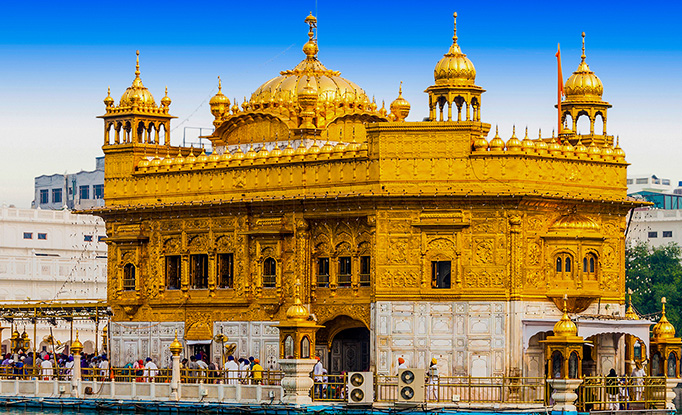
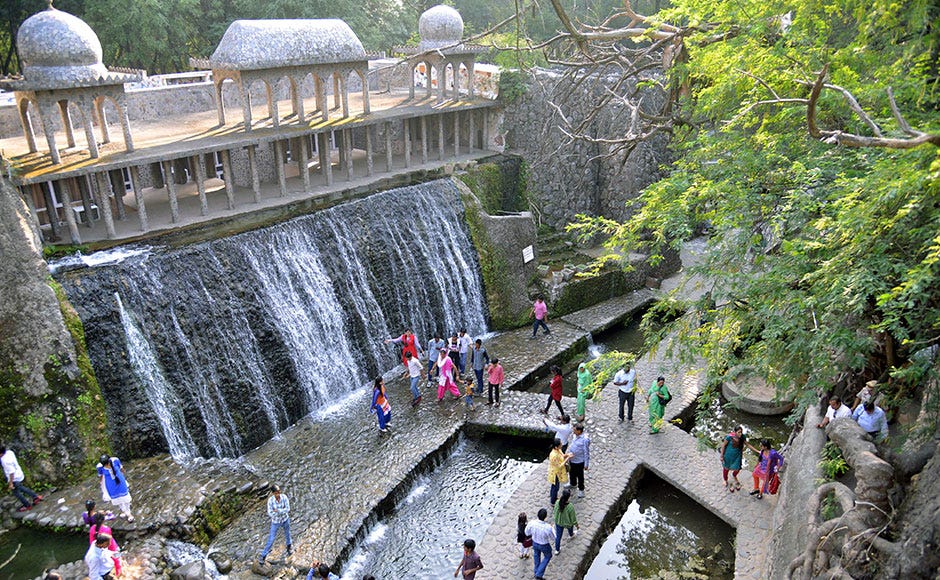
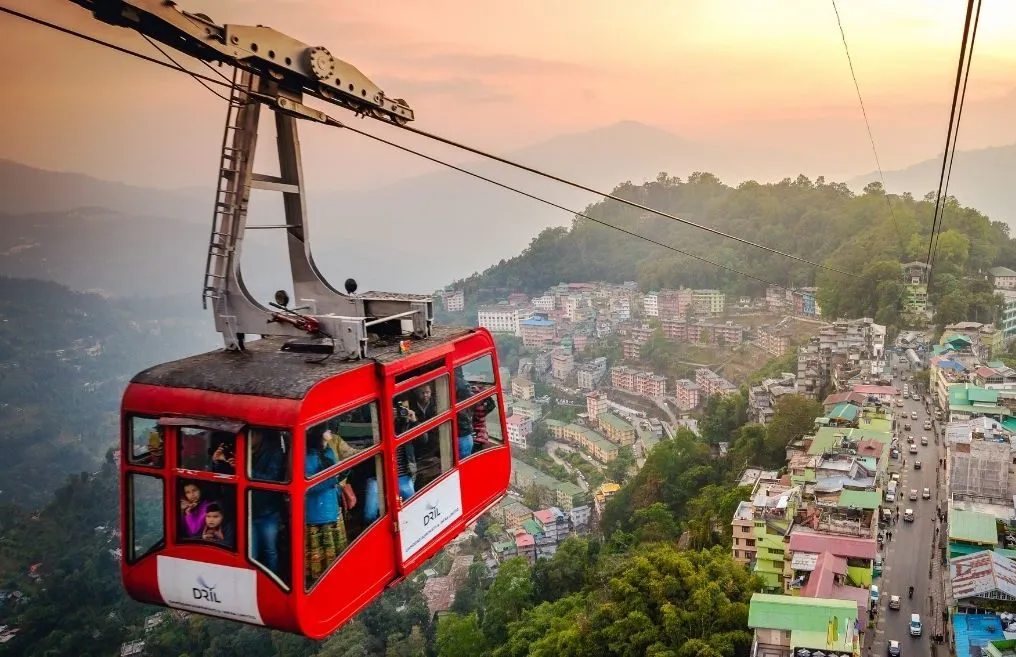
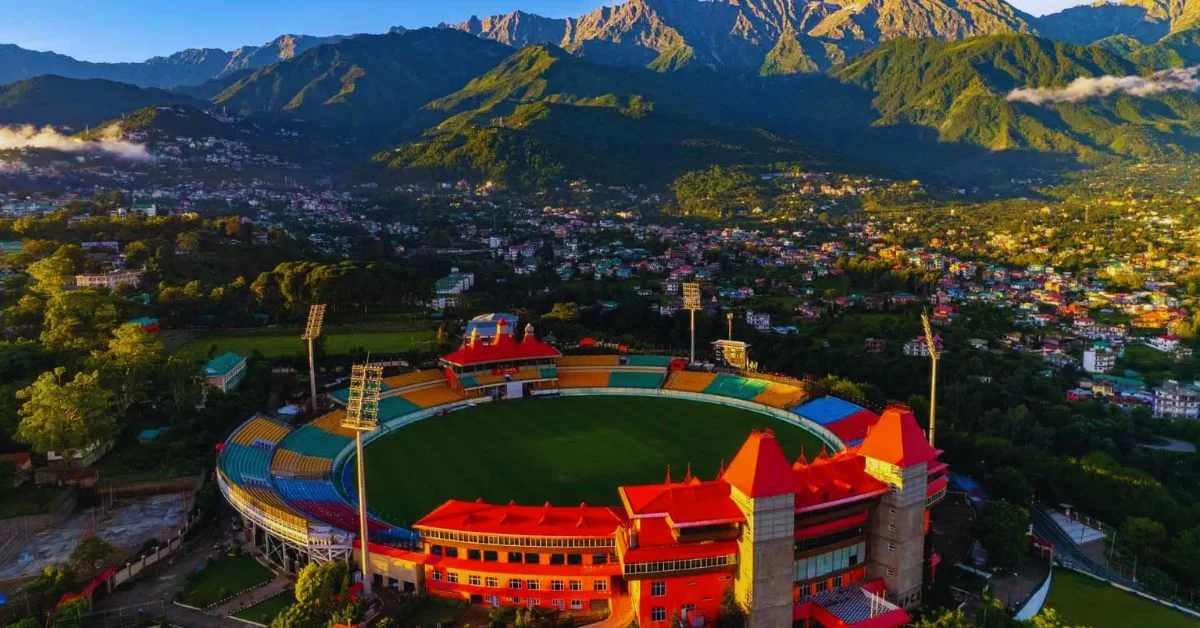
Reach out today to unlock exclusive travel deals and personalized support. Whether you’re dreaming of a world tour or a local escape, we’re here to make it unforgettable.
A: Trivandrum, Kerala, India
Created by Phoenix Creatives
Copyright © 2025. All rights reserved by India Tour Designer